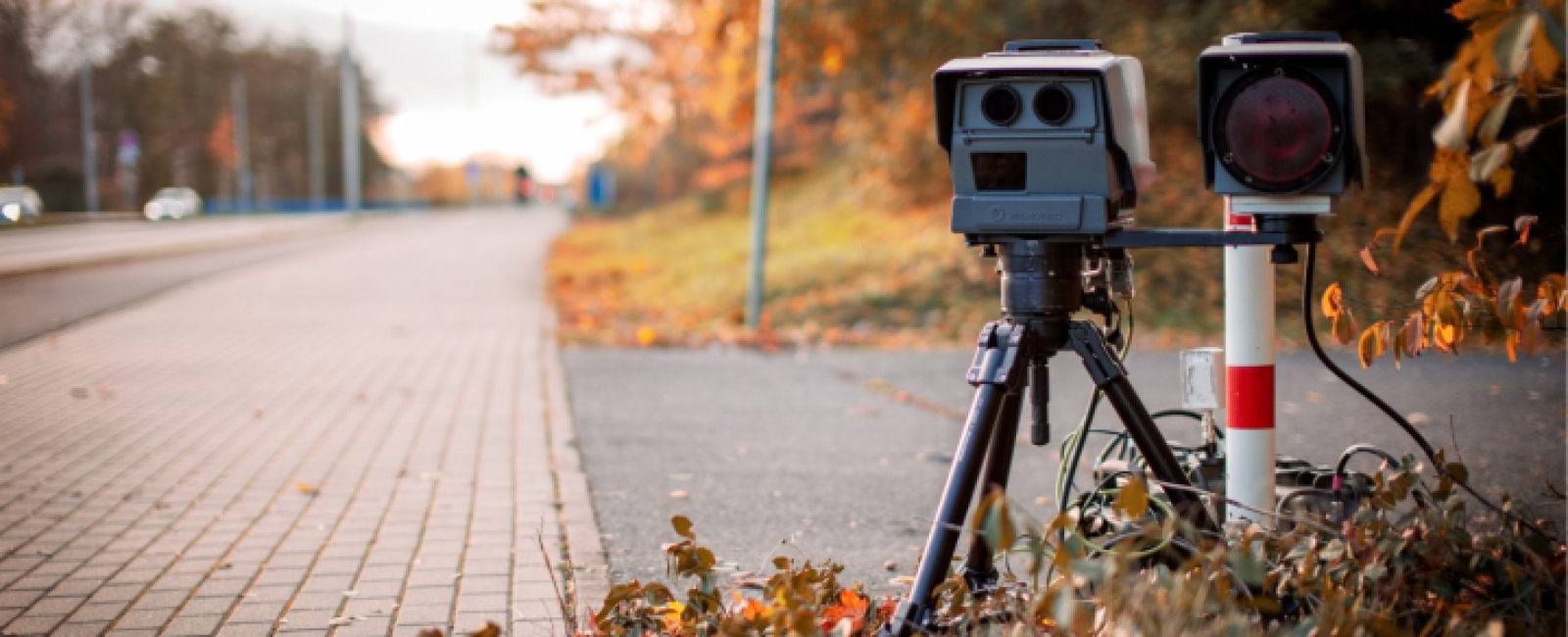Speeding offence

When is the driving licence immediately revoked?
The driving licence can be revoked immediately if you have exceeded the permitted speed limit by more than 20 kilometres per hour within a built-up area, zone 30, school area, residential area or yard or if you have exceeded the permitted speed limit by more than 30 kilometres per hour.
The revocation is ordered by the judicial police officer or assistant public prosecutor and is for a duration of 15 days.
You can ask the prosecutor to get the driving licence back pending the decision of the police court. Conversely, the police court can also extend the duration of the immediate revocation in exceptional cases.
When do you need tot appear before the police court for a speeding offence?
For a minor offence, chances are you will receive a proposal for immediate collection or amicable settlement.
If you pay this amicable settlement on time – with the appropriate structured notice – you will not have to appear before the police court.
On berekenmijnboete.be you can calculate your fine.
In principle, if you exceed the speed limit by more than 40 km/h, you will be summoned.
Even if you drive 30 km/h too fast in the built-up area, zone 30, school environment or (residential) yard), you will be summoned to the police court.
What plays into determining the fine and driving ban?
The punishment given by the police court depends on a number of things.
The police court takes into account how much you exceeded the speed limit. Obviously, the punishment given by the police court is heavier if you have heavily exceeded the speed limit.
The place where you committed the speeding offence plays a part. The police judge will be stricter for a 30 zone, built-up area,…
Conversely, there are also known places (hotspots) where, as a driver, you already have to be particularly disciplined to stick to the speed limit.
Finally, the court takes into account the defendant himself.
What is your professional situation, your financial situation and your family situation?
Do you have a blank criminal record or have you already been convicted?
Are you a young driver?
Contact us for a free, no-obligation initial consultation: curd.vanacker@yprius.be.
What are the penalties for speeding?
29§3 and §4 of the Law on Police over Road Traffic provides:
§3. Exceeding the permitted maximum speed determined in the regulations issued pursuant to these coordinated laws is punishable by a fine ranging from 10 euros to 500 euros.
The judge will take into account the number of kilometres per hour by which the authorised speed limit is exceeded.
In addition, the following offences are punishable by forfeiture of the right to drive a motor vehicle for a period of not less than eight days and not more than five years:
exceeding the authorised maximum speed by more than 40 kilometres per hour, or:
exceeding the authorised maximum speed limit by more than 30 kilometres per hour within a built-up area, in a zone 30, school area, yard or residential area.
If the judge does not pronounce the forfeiture of the right to steer, he shall motivate this decision.
§ 4. In the event of extenuating circumstances, the fine may be reduced, but may not be less than one euro.
If a forfeiture of the right to steer and a fine are pronounced for the same offences, the judge may reduce the fine by the costs of the remedial examinations and exams and the fees of the doctor and psychologist to be paid by the person concerned, without being less than one euro. Only the costs and associated fees of the remedial examinations and exams taken by the person concerned for the first time shall be taken into account. The costs and associated fees of the remedial examinations and exams to be paid by the person concerned are fixed amounts determined in advance by the King.
The fines are doubled in case of repetition of an offence as referred to in paragraph one or three within three years from the date of the pronouncement of a previous convicting judgment that has become final.
The fines must be increased by the opdeciemen.
What does the law say about speeding?
Speed in built-up areas (11.1of the RD of 1 December 1975):
(Flemish Region). Within built-up areas, the speed is limited to 50 km per hour. However, on some public roads a lower or higher speed limit may be imposed or permitted by the traffic sign C43. The lower speed restrictions resulting from article 11.3. continue to apply.
(Walloon Region). Within built-up areas, the speed is limited to 50 km per hour. However, on some public roads a lower or higher speed limit may be imposed or permitted by the C43 traffic sign. The lower speed restrictions resulting from Article 11.3. continue to apply. The speed is limited to 30 km/h on the sections of public roads intended for pedestrians and cyclists, indicated by the sign D9 or D10.
Highway speed (11.2.of the Royal Decree of 1 December 1975):
Outside built-up areas, the speed is limited :
To 120 km per hour :
(a) on motorways; However, the speed of vehicles and tows with a maximum authorised mass of more than 3.5 tonnes and of coaches, is limited here to 90 km per hour. The speed of coaches in which all seats are equipped with seat belts and with a speed limiter up to 100 km/h is limited there to 100 km/h.
(b) on public roads divided into four or more lanes of which at least two are intended for each direction of travel, provided that the directions of travel are separated other than by road markings. However, the speed of vehicles and tows with a maximum authorised mass exceeding 3.5 tonnes, buses and coaches, is limited here to 90 km per hour. The lower speed restrictions imposed by road sign C43 or resulting from Article 11.3. continue to apply;
To 70 km per hour :
(a) on public roads divided into four or more lanes of which at least two are intended for each direction of travel and the directions of travel are separated by road markings;
(b) on other public roads. The lower or higher speed restrictions imposed or permitted by the traffic sign C43, or the restrictions resulting from Article 11.3. when they are lower than the other speed restrictions, continue to apply.
to 90 km per hour, provided that by means of a road sign C43 the speed is limited to 90 km per hour :
(a) on public roads divided into four or more lanes of which at least two are intended for each direction of travel and the directions of travel are separated by road markings;
(b) on other public roads. The lower speed limits resulting from Article 11.3. continue to apply;
Speed zone 30 (22 quater of the RD of 1 December 1975):
Within the zones demarcated by traffic signs F4a and F4b, the speed is limited to 30 km per hour.





